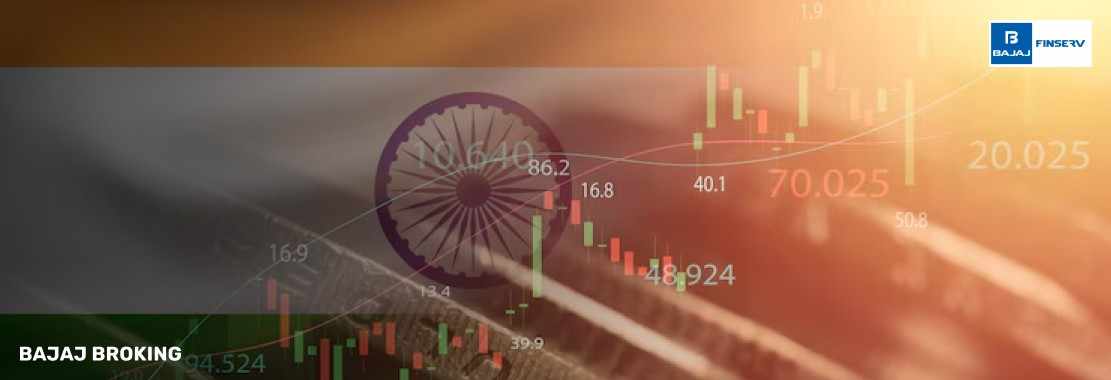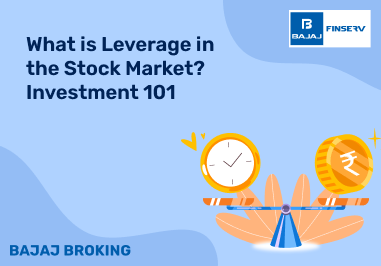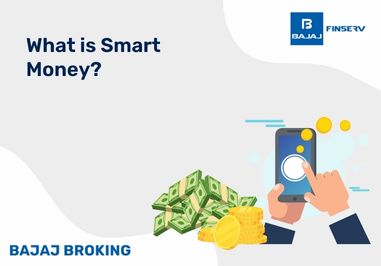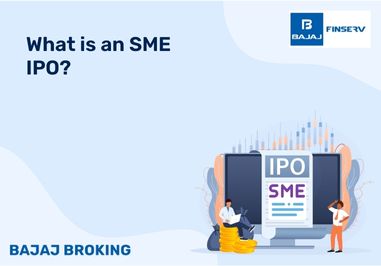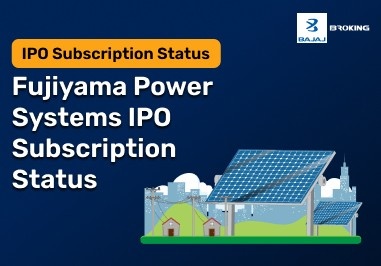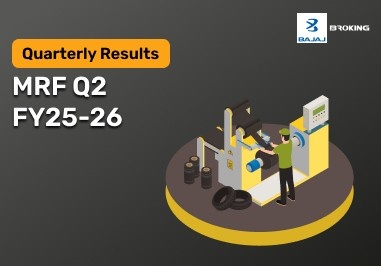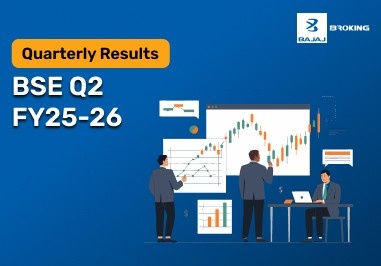There was a time when investing meant literally holding your wealth in your hands — fragile paper certificates, neatly folded, tucked away in files. Misplace one and… well, good luck proving ownership. Fraud? Rampant. Settlement delays? Endless.
And then came dematerialisation. Shares leapt out of dusty envelopes into sleek computer systems. Suddenly, you didn’t need a filing cabinet; you just needed a login ID. Overnight, trading became faster, safer, and — dare I say — a lot less stressful.
Honestly, it wasn’t just a tech upgrade. It reshaped who could participate. People in smaller towns, who had never dreamt of buying shares, suddenly found the doors wide open. Let’s unravel how this shift really changed the game.
What Is Dematerialisation?
At its core, dematerialisation is nothing more than turning paper share certificates into electronic entries. Think of it as moving from scribbling in a notebook to tracking everything on your phone.
A demat account works a bit like a bank account, except instead of cash you’re holding securities. Stocks, bonds, mutual funds — all recorded neatly in one digital space.
Behind the curtain, two giants run the show: NSDL and CDSL. These are India’s main depositories, and every time you buy or sell through your broker, one of them is quietly updating records in the background.
This shift began in 1996. Today? It’s not optional. If you want to trade on Indian exchanges, you need to open a demat account. No exceptions.
Glimpse of a Demat Account to Transform the Stock Market
Owning a demat account feels almost like having a digital locker that fits inside your pocket. Buy shares, and they appear instantly. Sell them, and they vanish just as quickly. No courier delays, no misplaced slips, no nervous waiting.
What’s even better — your demat doesn’t just stop at equities. Bonds, ETFs, mutual funds — all live there too. One login, one dashboard, and your entire investment life sits in front of you. Updated in real-time. Transparent to the last rupee.
For investors who value clarity (and frankly, who doesn’t?), this visibility is valuable.
The Impact of Dematerialisation on the Stock Market
The transition wasn’t cosmetic — it rewired the market itself. Investors felt more confident, brokers cut costs, regulators could breathe easier. Some of the ripple effects are worth spelling out.
Better Liquidity in the Market
When settlements speed up, people trade more freely. More buyers, more sellers. Liquidity improves, and with it, the overall health of the market.
More People Are Investing
Remember when markets felt like an exclusive club for city elites? Not anymore. With simple apps and digital onboarding, investors from Tier-2 and Tier-3 towns are showing up — students, homemakers, small shop owners. Financial inclusion in action.
No More Paper, No More Fraud
Forgery, loss, theft — those headaches belonged to the paper era. Now, every trade is digitally stamped and recorded. Security isn’t perfect (tech glitches do exist), but it’s a world apart from the risks of physical certificates.
Lower Costs for Everyone
Printing, dispatch, stamp duty — all gone. Brokers save, investors save. That’s efficiency at work.
You Can Check Everything Instantly
Gone are the days of waiting for a statement in the mail. Open your demat app, and in seconds you know what you own, how much it’s worth, and even the fine details of past trades.
Easier for the Government to Monitor
For regulators, electronic records are a dream. Illegal trading, insider moves, tax evasion — much harder to hide when every transaction leaves a trace.
Trading Is Now Faster Than Ever
Think back: once upon a time, a trade settlement could drag on for a week. Endless paperwork, verifications, and waiting.
Now? We’re on T+2 — sell on Monday, money in by Wednesday. And SEBI is already nudging the system towards T+1. For active traders, that shift isn’t just convenient, it changes strategy itself.
Making the Stock Market More Equal
This, to me, is the valuable legacy of dematerialisation — the democratisation of investing.
Earlier, stock trading was a club with a high entry fee: money, geography, and access. Now, with nothing more than a bank account and a smartphone, participation is possible.
Yes, first-timers can feel overwhelmed — but the ecosystem has responded with tutorials, videos, and simplified platforms. The stock market has never been this accessible.
Why It’s Great for Long-Term Investors?
If you’re the kind who thinks in decades, not days, dematerialisation is a blessing. Your holdings are safe, dividends drop straight into your bank, and SIPs tick along quietly in the background.
No paperwork to lose, no certificates to misplace. Just a steady, low-cost, stress-free path to building wealth over time.
Conclusion
Dematerialisation didn’t just modernise the Indian stock market — it changed its very DNA. Trading became faster, safer, and less costly. Fraud shrank. Transparency grew. And importantly, the market opened up to a broader swathe of Indians.
All you need today is a phone, a bank account, and a bit of curiosity. The barriers are gone. And as technology sharpens further, this foundation will only deepen, driving India’s markets — and economy — into a stronger future.
